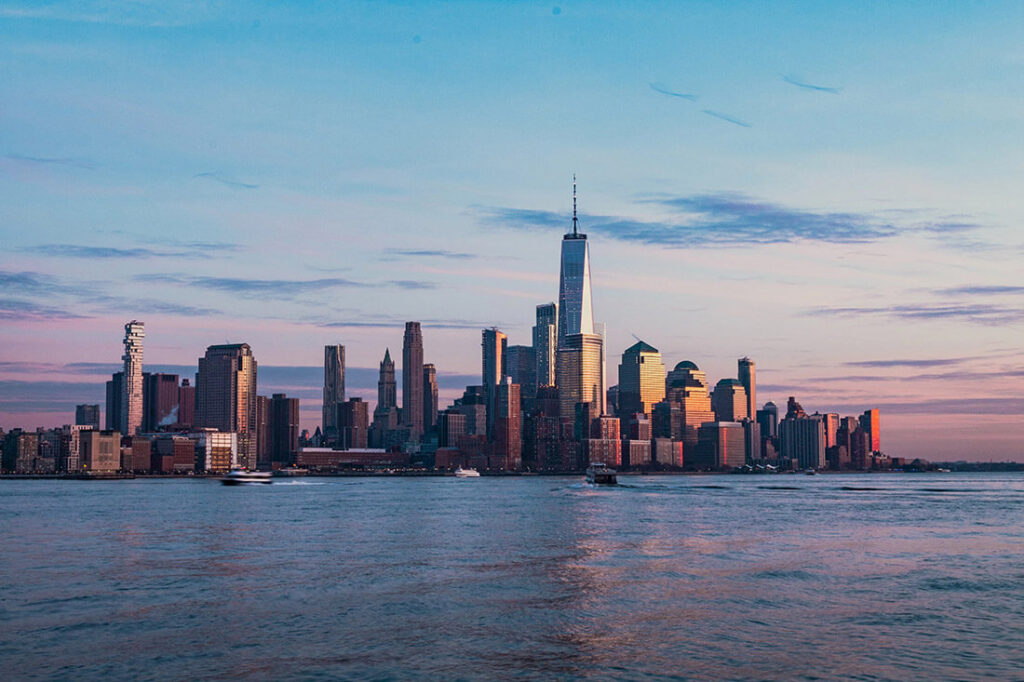
The New York State Paid Sick Leave Law (“NYPSL”) accrual provisions became effective today, September 30, 2020. Under the NYPSL, employees may begin using this NYPSL leave on January 1, 2021. Not to be outdone, on September 28, the New York City Council and Mayor DeBlasio amended the New York City Sick and Safe Time Law (the “NYC Law”) to account for the requirements of the NYPSL. While there are many similarities between the NYPSL and the NYC Law, there are some important distinctions that companies with employees in New York City should be aware of.
Summary of the NYC Law Amendments
The amendments to the NYC Law became effective today, September 30th, 2020.
The NYC amendments generally seek to align the pre-existing City leave law with the recently enacted State leave law, including by aligning the accrual and usage purposes, by expanding the amount of sick and safe leave employers with 100+ employees must provide from 40 hours to 56 hours annually, and by requiring some smaller employers (4 or fewer employees) to provide paid leave to employees if the employer had a net income of $1 million or more in the previous tax year. NYC employers that are now subject to expanded leave obligations under the NYPSL still have until January 1, 2021 to institute these expanded benefits.
There are also several important changes of which employers should take note:
Immediate Pay Statement & Notice Requirements
- New York City employers are now required to note on employees’ pay statements (or via another written communication each pay period):
- (i) the amount of sick and safe time accrued and used during the pay period; and
- (ii) employees’ total balance of accrued sick and safe time.
- Employers have until October 30th to notify employees of the changes in the NYC Law, and they must continue to provide new employees with a notice of rights under the NYC Law upon commencement of employment.
No More 80-Hour Threshold for Work in NYC
- The new amendments remove the previous requirement that employees work 80 hours within New York City as a threshold for being eligible for the safe and sick leave under the NYC Law. Now, any employee that works in New York City, regardless of the number of hours, will be protected by the NYC Law.
Employers Now Responsible for Reimbursing Employees for Documentation Fees
- Where employers require employees to submit medical documentation (after three consecutive days of sick and safe leave use), the new amendments require employers to reimburse employees for any fees associated with obtaining that documentation (e.g., fees charged by medical providers).
Redefining “Domestic Workers”
- The amendments expand the definition of “domestic worker” to mean any “person who provides care for a child, companionship for a sick, convalescing or elderly person, housekeeping, or any other domestic service in a home or residence”). The NYC Law eliminates distinctions between the rights of domestic workers and regular employees. Now, any employer who employs even 1 domestic worker is subject to the NYC Law’s leave requirements.
Expanded Retaliation Provisions
- The NYC Law amendments expand the list of prohibited retaliatory actions, including specific language prohibiting employers from maintaining any absence control policy that counts protected sick and safe time leave as an “absence” that could result in disciplinary measures.
- The new amendments also clarify that the law’s anti-retaliation provisions are implicated when an employee’s protected activity (e.g., using leave under the law) is a motivating factor for an adverse employment action, even if other factors may also contribute to the decision.
Collectively, these changes will make it easier for employees to invoke the Department of Consumer Affairs’ jurisdiction against an employer who takes any adverse employment action related to or close in time to when an employee uses leave under the NYC Law.
Enforcement Changes
- Under the amended NYC Law, the City’s Department of Consumer Affairs may now bring “pattern or practice” enforcement actions with expanded capabilities, including new subpoena and investigative powers. An employer found to have engaged in a “pattern or practice” of non-compliance could be subject to a maximum penalty of $15,000, with the potential for an extra $500 in damages for each employee who was not permitted to utilize safe and sick leave pursuant to the NYC Law.
- Further, the amendments also clarify that the City may apply penalties to non-compliant employers for each employee. This could exponentially increase potential damages for employers.
As employers are updating their policies to reflect the NYPSL requirements, they should ensure that their policies reflect these new NYC Law requirements also. More importantly, to the extent employers’ pay stubs do not already reflect (1) the amount of sick and safe time accrued and used during a pay period; and (2) employees’ total balance of accrued sick and safe time, employers should work with their payroll provider to ensure these requirements are reflected on the paystubs. Lastly, given the increased enforcement and penalty provisions of the NYC Law, employers should ensure that their managers and coordinators are adequately trained to recognize and respond to requests for time off that are lodged by their employees.